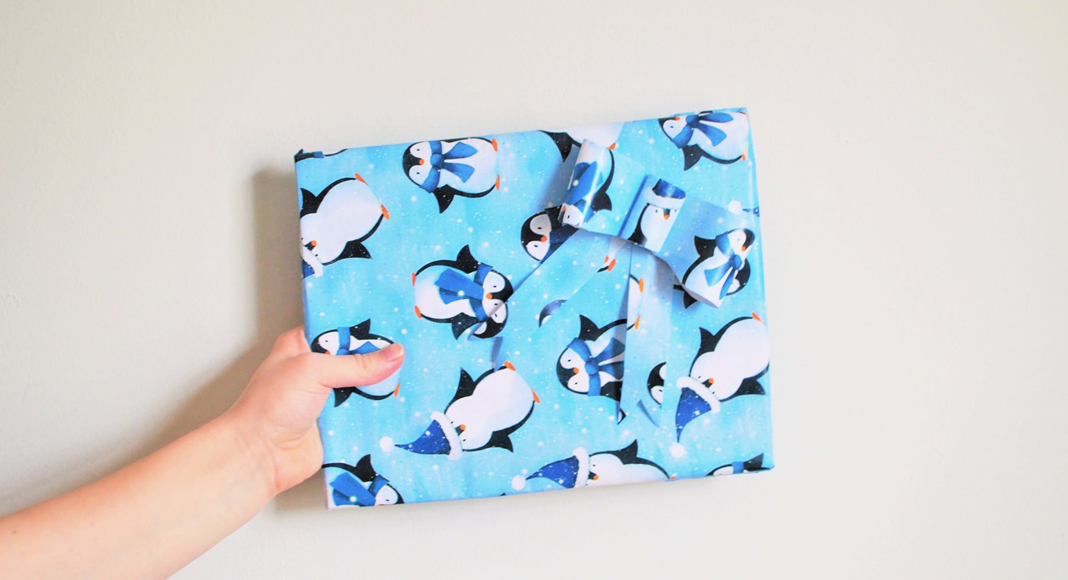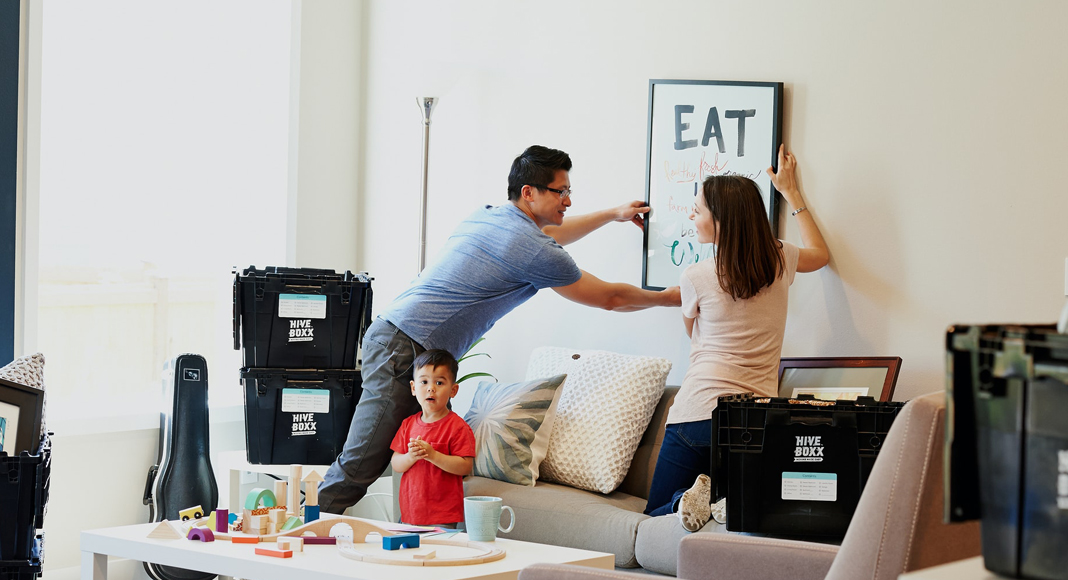
Newborns do not come with an instruction manual. Instead, when welcoming your new bundle of joy, there are specialized nurses that can answer any question that may come your way. To help prepare for my next baby, I met with Kristie RN from EIRMC’s post-partum unit. With over 27 years of experience as a nurse in the OB, she gave me all of the helpful tips and tricks she wishes new moms had for when they not only prepare to have baby but when they leave the hospital as well.
Preparing to Go to the Hospital
While the hospital can provide almost everything new moms and babies need, there are a few items that many mothers forget at home that would be especially helpful when delivering.
Here are a few things Kristie RN recommends bringing with you:
- Bring comfortable clothes for you to sleep in, such as a nursing-friendly (if you will be breastfeeding) gown or robe if you do not want to wear the hospital gown your entire stay.
- If you have very severe food allergies, the hospital’s kitchen will do its best to provide for you, but it might be in your best interest to bring allergy-friendly snacks that are easy on your stomach, particularly if you have had a c-section.
- If you are allergic to ingredients in soaps, shampoos, lotions, or other toiletries, bring in your own. It is recommended to use soaps that are not harsh so that you can clean yourself without causing irritation.
- If you have specific medications that are not commonly used, such as inhalers or insulin pens, make sure you bring these to the hospital! Many women forget their inhalers, but they can be extremely beneficial during labor. If your medication is over the counter or easily accessible, the hospital will be able to provide it for you.
Kristie also recommends coming in well-rested and making sure that your support person has what they need to get by for the two to three days you will be there. With COVID, EIRMC is allowing you to now bring in two support people. These two roles cannot be switched out between multiple people, but these two individuals may come and go as needed.
Some of the items I make sure to pack in my hospital bag include fuzzy socks, a large water bottle (due to COVID, they cannot give you a mug until you are discharged, but they can fill a personal water bottle), and phone chargers.
Your Hospital Stay
With COVID, many first-time parents are choosing to leave the hospital just 24 hours after birth. While this sounds great in theory, Kristie recommends staying as long as your insurance will let you. This means that you will have more time to recover and receive hands-on learning about your baby under a specialist’s care.
If you do decide to discharge after 24 hours, be aware that these hours will be filled with discharge paperwork, trainings, interruptions, and discharge screenings for your baby. Your nurses have a legal and ethical responsibility to give you this information and conduct necessary screenings before you leave.
The First Two Weeks
With her 27 years of experience, Kristie has lovingly labeled the first two weeks home with a newborn as the “Bucking Bronco”. Recognizing that your first few weeks with baby will be some of the hardest is important because you need to set realistic expectations. This will be a time of highs and lows, between learning how to care for a newborn, the influx of hormones, and the sleepless nights. However, getting back on the “bucking bronco” is important for you and your newborn.
During the first few weeks, you will be doing two things: learning how to take care of a baby and learning how to take care of yourself. You should not be using this time to take on new roles such as hosting people in your home, accepting new work or church positions, or remaining the active chef, cleaner, and carpooler in your household.
Instead, you should be using this time to learn how to breastfeed correctly (if you so choose) and learning your baby’s signs and cues. Set realistic expectations for yourself. If after two weeks all you have done is kept baby well-fed, you are doing a perfect job!
Breastfeeding
You can have all of the knowledge and training about breastfeeding, you could have done it three times before, and you may still struggle in the beginning. If you are anxious, the baby will feel that anxiety and struggle to feed.
Kristie recommends that the mother should first get herself comfortable. Wear supportive clothing, find a favorite place, and make sure you have what you will need to be comfortable for the next 45 minutes. For me, I personally find that the minute I start nursing, I suddenly become famished or thirsty. Preparing a water bottle or snack near your breastfeeding “station” can be extremely helpful in keeping you comfortable.
After getting yourself situated, wake up baby. Undress them and rub their back until they are opening their eyes and looking at you, even when you aren’t stimulating them. This will help the baby stay awake long enough to be more successful at feeding. Babies that eat well, sleep well!
You’ll want to bring baby to breast and, in the beginning, use a two-hand hold, where both baby and breast are supported. Do not try to shove the nipple in their mouth. Wait for baby to root, and when their jaw is dropped, try to latch. Your nurses will work with you on breastfeeding at the hospital until they feel confident that you will be able to feed well on your own.
Pain during nursing means that the alignment of baby and breast is off and that their latch is not good. Try to re-latch them until it is comfortable for both of you. Again, the first two weeks are a wild ride, and you may have good feedings or bad feedings. But keep getting on the horse!
Babies will also sleep through feedings. In the first few weeks, you will often need to wake up baby to eat every 2.5-3 hours after their last feed. Time these three hours either from the start of the first feeding to the start of the next feeding, or end of one to the end of the other. It is also recommended to keep a hair tie on your wrist so you will remember what side you ended on. Start with that side on your next feeding.
Lastly, babies go through growth spurts at 2 weeks, 2 months, 4 months, and 6 months. Expect tighter feedings during these growth spurts. You will feel like all you have done is nurse your baby, and that is perfectly fine.
If you are still struggling with breastfeeding, EIRMC’s lactation consultants can help even after you have left the hospital. They can show you a variety of strategies to use at home to help with milk flow, positioning the baby, and breast upkeep.
Breast Upkeep
For breast upkeep, Kristie recommends keeping your nipples conditioned with lanolin creams after each nursing. Even if your nipples are compromised, nursing is still in constant demand. Using preventative measures, such as a deeper latch, can significantly help you in your breastfeeding journey.
If you are engorged, it is no longer recommended to use green cabbage because it can lead to mastitis. Before breastfeeding, do hand massage and expression, as well as a warm shower or compresses to encourage milk flow and lessen engorgement. After breastfeeding, use cold compresses such as frozen pea packages and wear a supportive bra.
If your baby is experiencing cracked hands or feet, you can also use lanolin creams on them. However, it is recommended to not use regular lotions or creams in the first few weeks because it is believed to be linked with early skin allergies.
Baby’s Cues and Pacifiers
Babies give off early feeding cues and signs. Learning these signs can be extremely beneficial; feeding a baby that is frantically crying from hunger is much harder than a baby who is just beginning to be hungry. Sucking on hands or rooting around are some of the first signs that babies give to show they are hungry. If you stroke your finger on baby’s cheek, they may move to try and latch. This is another sure-fire cue to know they are hungry.
Because of the way pacifiers work, they actually give baby a false sense of feeling full. This means that babies won’t realize they are hungry until they are frantic. Furthermore, pacifiers teach babies to bite, which is the wrong motion for breastfeeding. It is recommended that parents should limit pacifiers for at least the first two weeks so that mothers can learn their baby’s cues, and mother and baby have established a good breastfeeding latch. Pacifiers are a common comfort item, but they do not have to be used if you do not want to.
Taking Care of Yourself
Kristie shared a few tips on how to take care of yourself after having the baby. After “running the gauntlet” of getting baby here:
Nap! This may not always be possible if there are older siblings, but find a way to recharge. The first few weeks will have many night feedings.
Second, keep up on your hygiene. Avoid using bubble baths and oils. A bath or shower once a day should be enough to remove bacteria, especially if you are using your peri bottle in the restroom. On that note, do not wipe. Instead, pat yourself dry!
If you are finding it hard to use the restroom, your intestines have literally been moved to hold baby. Using a stool softener to help you regulate can help ease pain and discomfort.
Sprays, witch hazel, and hemorrhoid creams are fine, but Kristie warns against putting essential oils into your ‘mommy pads’. They can become a site for bacteria, especially as oils are not water-soluble and will not easily clean off in the shower. Do not add things that you think will irritate the skin or dry out any sutures that have been placed.
During the first two weeks, you will be deprived of sleep, learning how to feed and take care of your baby, and experiencing an influx of hormones. If you realize that you are still having mood swings after two weeks, please talk to your physician about postpartum depression. If you are experiencing thoughts of hurting yourself or your baby, contact your physician immediately. After your hormones level out, your doctor will take you off of your medication. Read more insights from EIRMC about Postpartum Depression here.
Lastly, find one or two helpful people to be your sounding board and assistants. A few voices of reason can help you, rather than make you feel like you are drowning in recommendations and should-do’s. Choose a few helpful people that you trust, especially as you navigate the first few weeks. Covering your doorbell and putting a sign on your front door letting people know that you are not welcoming visitors at this time can help curb random drop-ins, especially as we are living in the days of COVID.
Remember, get back on the “bucking bronco”. If you need help, contact your nurses! They are specialized and have seen and answered all of these questions before. They will also give you a wealth of information in a packet when you discharge. The first two weeks will not be all rainbows and unicorns, but it gets better!












